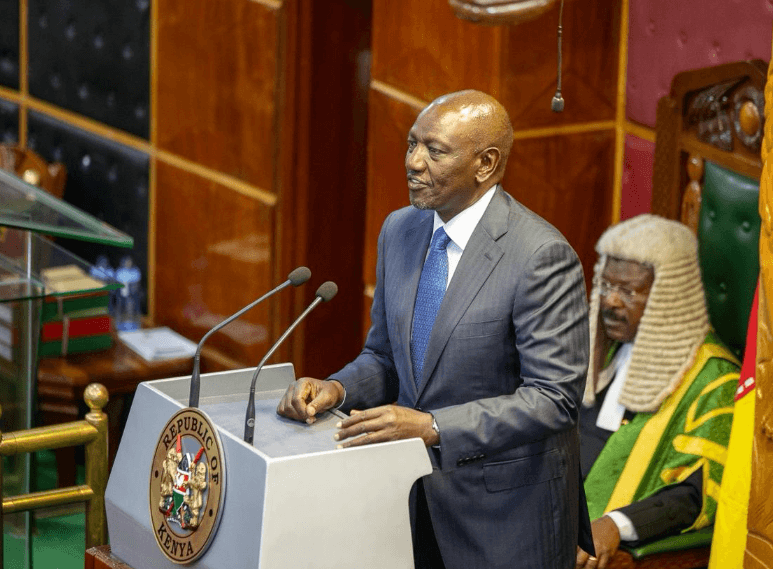In journalism, there has for some years now been a specialisation called “data journalism.”
Just to be certain that the definition of this is clear to all readers, let me quote from an online dictionary:
“Data journalism or data-driven journalism is journalism based on the filtering and analysis of large data sets for the purpose of creating or elevating a news story.”
Most such data journalism tends to focus on economic issues, or on government finances.
I still remember being told once by an ambassador from one of the Nordic countries, then serving right here in Nairobi, of a huge scandal that erupted in his country when a data journalist spent time combing through travel expense records for various ministries that had been made public, as required by law.
This journalist discovered that on a certain minister’s trip to an extremely poor country to attend a conference, the minister had been booked into a leading hotel’s presidential suite.
The Nordic countries, in case you do not know, take pride in their egalitarianism, with their cabinet ministers often using public transport just like everyone else.
So, the spectacle of a minister who retired to a lavish presidential suite every evening, having spent the day discussing the degradations of poverty, was considered a monumental scandal.
But there is also much to be learnt from “filtering and analysis of large data sets” when it comes to demographics.
And on this hangs one of the odd convergences of economic, political, and sociological trends.
What do I mean by this?
Well, let me summarise this with three statements.
First is that the more prosperous a community, ethnic group, or country is, the more likely they are to provide ample opportunities for their girls to get much the same educational opportunities as their boys.
Second, the more the young women of any community, ethnic group or country have access to education opportunities (and especially, tertiary education) the fewer children each of those young women will want to have, as they will be every bit as focused on advancing their careers as the young men are.
Third, this means that any community, ethnic group, or nation, which has made significant gains in generating widely shared prosperity, will have an increasingly lower rate of population growth, and ultimately, a demographic decline.
It is from such a perspective that we must consider the current controversy over the Deputy President Rigathi Gachagua’s declared support for a formula of “one man, one vote, one shilling” when it comes to the distribution of devolved funds to regional governments.
Much of Central Kenya (the most densely populated; most urbanised; and most prosperous part of Kenya) keenly supports this formula. Whereas virtually all of Northern Kenya (historically the most politically marginalised and economically neglected part of our country) is fiercely opposed to it.
From the perspective of Northern Kenya, this is a plain case of “snatching the meat from our mouths.”
This talk of “one man, one vote, one shilling” seems to them more or less designed to return that region to the pre-devolution neglect and destitution, which is best indicated by the fact that some of the larger towns in that region only got to have tarmac roads after devolution came into force.
And caesarean sections to assist difficult births – a simple surgery that was available in much of Kenya even in the colonial era – was only witnessed in some parts of Northern Kenya once devolved funds were used to upgrade health facilities.
But this is where the irony comes in. Well-educated Central Kenya has one of the lowest birth rates in Kenya (two children per family).
While Northern Kenya, where contraceptives seem to be culturally unacceptable and women’s education still lags behind, has perhaps the highest birth rates (six children per family).
We can therefore extrapolate that some 50 years or so from now, it is Northern Kenya, with its explosive population growth, which would then benefit most from “one man, one vote, one shilling”.
While it will be Central Kenya leaders who would, 50 years from now, be vocal in opposing any such formula for devolved funds, arguing that it deliberately and specifically discriminates against their region.












